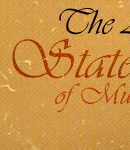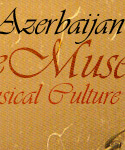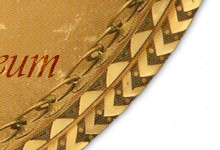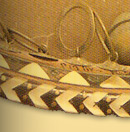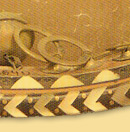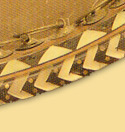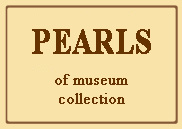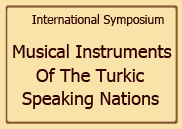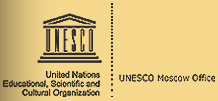Chang
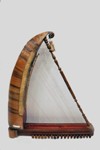
Listen

|
The chang is shaped much like a harp, with an arched form. The chang’s roots
date back to antiquity, and it was widespread during the Middle Ages. The
earliest kinds of chang were found in Egyptian and Mesopotamian civilizations.
The gentle, melodious sound of the chang beautified aristocratic majlises.
Archeological excavations near the city of Barda, one of the ancient cultural
centers of Azerbaijan, turned up fragments of a clay dish from the 4th-3rd
centuries B.C with an image of a woman playing the chang.
In medieval Azerbaijan, the chang had 18-24 strings.
A lot of information about the chang can be found in the works of Azerbaijani
classical poets, other written sources and medieval miniature paintings. This
instrument, which was played mainly by women, was described in Nizami’s “Seven
Beauties”:
Taking the chang in her hands, that beautiful angel
Told us about the torments she had suffered.
The chang’s voice spread all over the place,
Its groaning drove all the lovers mad.
The etymology of the word “chang” may be connected to the words “to hold” or
“to seize”.
The chang’s body takes the shape of an arch. Fish skin is pulled over the
open part of the face, and the oblong neck is attached to the bottom part of the
body. The pegs are fastened to this part. The strings are fastened on one end by
metal loops that are attached to the skin part of the body; on the other end,
they are wound up on wooden pegs.
The reconstructed chang has 30 silk and gut strings. The total height of the
instrument is 930 mm, the height of the body is 850 mm, and the length of the
neck is 665 mm.
The chromatic scale of the chang consists of 30 steps; the instrument ranges
from the “sol” of the small octave to the “ti” of the second octave. The chang
is played both as a solo instrument and in ensembles.
|
